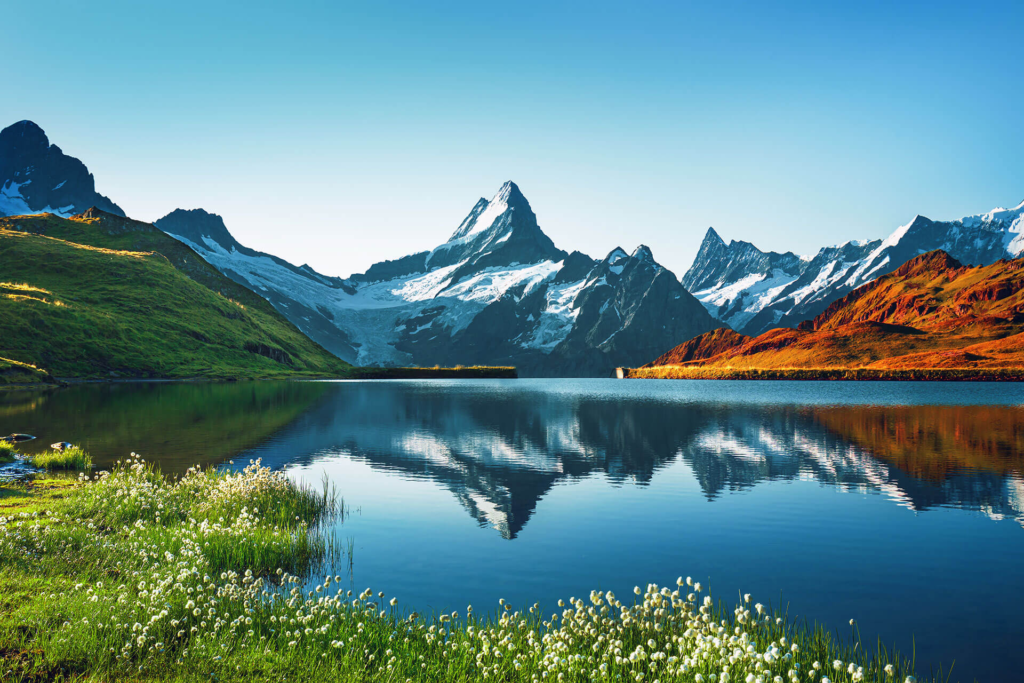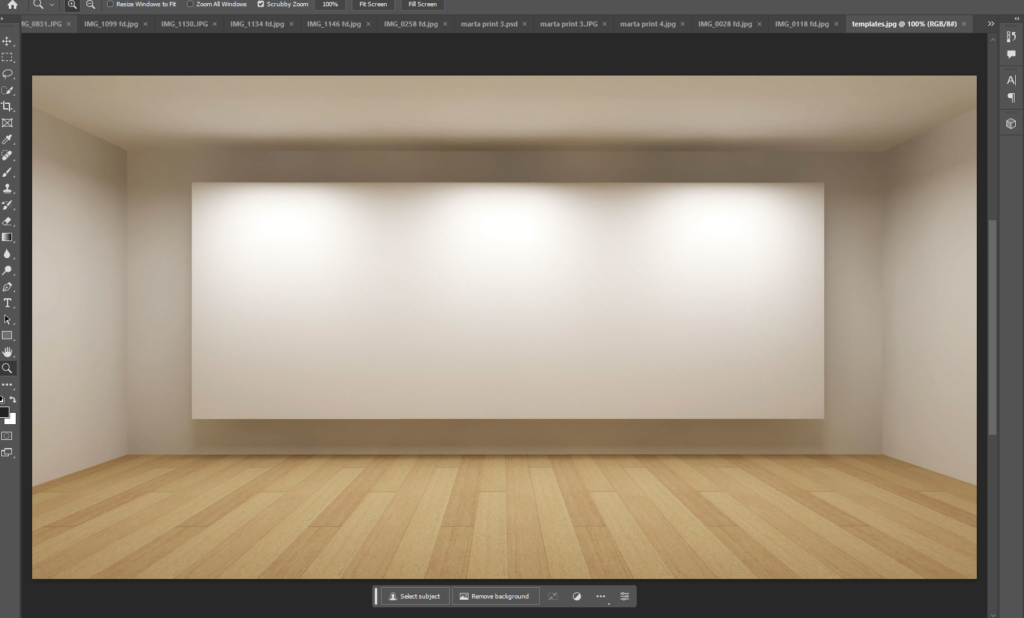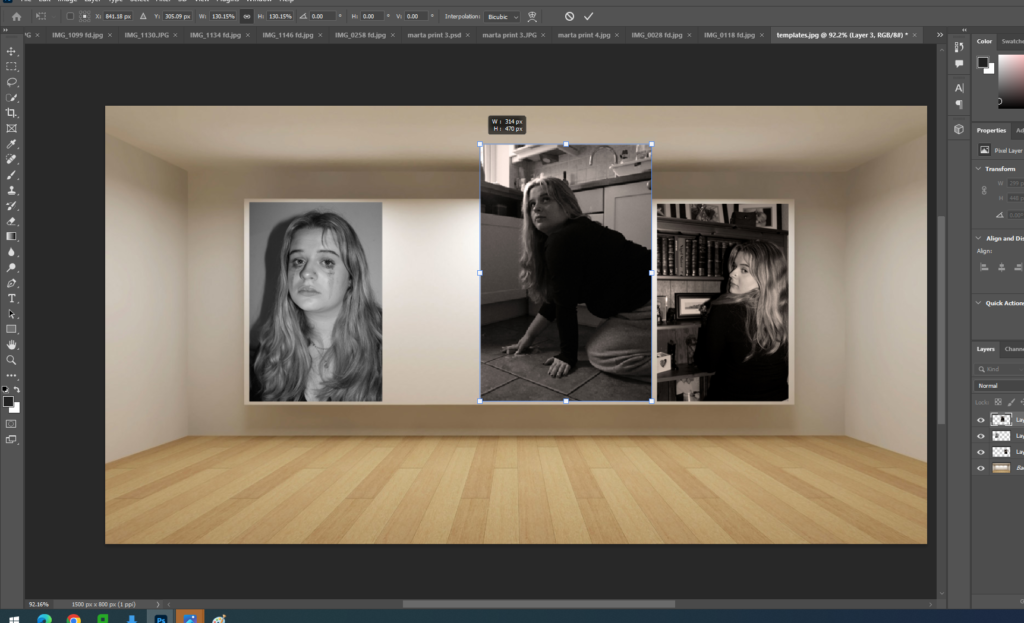The Origins Of Landscape
What does landscape mean?
Landscape photography is a broad genre that encompasses many different styles and techniques. Landscape photography typically captures the presence of nature but can also focus on human-made features or disturbances of landscapes. A landscape is part of Earth’s surface that can be viewed at one time from one place. It consists of the geographic features that mark, or are characteristic of, a particular area. The term comes from the Dutch word landschap, the name given to paintings of the countryside.


2) When did landscape emerge as a genre in the western cultures?
End of the 15th century and beginning of 16th century
Landscape emerged in the the Renaissance period, in the 16th century. Early in the 15th century, landscape painting was established as a genre in Europe, as a setting for human activity, often expressed in a religious subject, such as the themes of the Rest on the Flight into Egypt, the Journey of the Magi, or Saint Jerome in the Desert. Though landscape painting was still not a genre in its own right and was considered low in the art academy’s rigid hierarchy of subject matter, background landscapes became increasingly detailed in compositions that emerged in Venice in the late 15th century.
3) When did classical landscape emerge as a genre?
17th century
Classical Landscape emerged in the 17th century also known as the ‘Jacobean era’ in England, In a classical landscape the positioning of objects was contrived; every tree, rock, or animal was carefully placed to present a harmonious, balanced, and timeless mood. These landscapes were influenced by classical antiquity and sought to illustrate an ideal landscape recalling Arcadia, a legendary place in ancient Greece known for its quiet pastoral beauty.


4) What promoted the rise of landscape art during the late 18/19 century?
18th to 19th century
The rise of Romanticism, attitude or intellectual orientation that characterized many works of literature, painting, music, architecture, criticism, and historiography in Western civilization over a period from the late 18th to the mid-19th century. Artists started to break away from traditional styles and experimented with new techniques and subjects. They painted everyday life, and even their feelings! This was a big change and it paved the way for modern art.
5) When did landscape photography originate?
19th century
Landscape photography originated between 1826 and 1827 according to the records. The 19th century. It was an urban landscape photo taken by a French inventor by the name of Nicephore Niepce. Landscapes have fascinated humanity since way before photography and the painting tradition is good evidence of that. In earlier times, photography was pretty limited in terms of technology, so landscapes were the perfect subject for the new discipline in the nineteenth century since it was almost static.


Landscapes:
I believe that Landscape art and photography is where you capture all man- made objects and nature, you get an aspect of life and don’t focus on any humans and more your surroundings. Landscape helps to capture the exact moment in front of you and doesn’t tend to have any livings things in the photo, art. Thee are many different types of landscape, for example Desert, Plain, Taiga, Tundra, Wetland, Mountain, Mountain range, Cliff, Coast. All of these landscape photos are all just land, and more natural then portraits as they can be exaggerated, whereas landscapes are the beauty of earth and capture the exact natural surroundings and movements of the photo.




